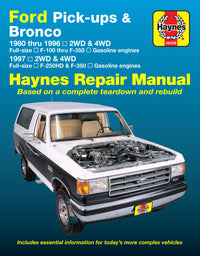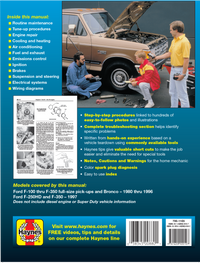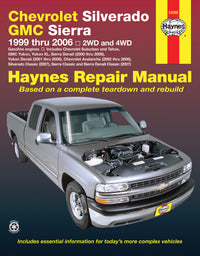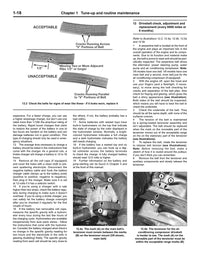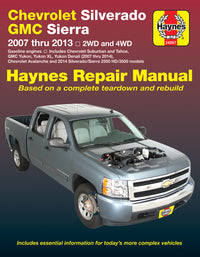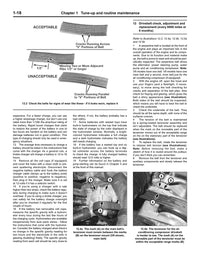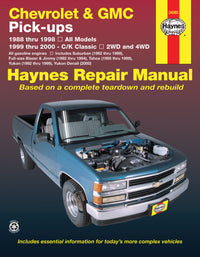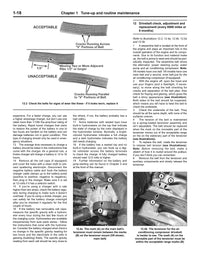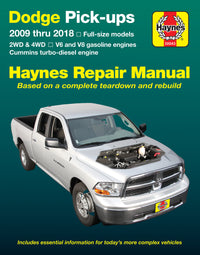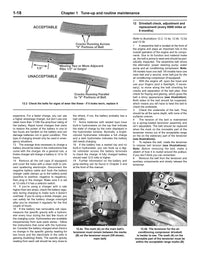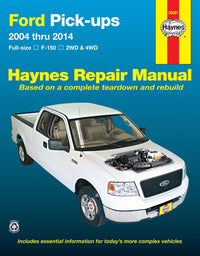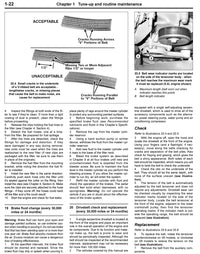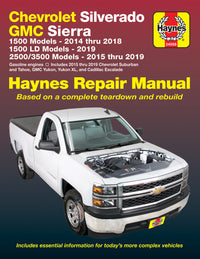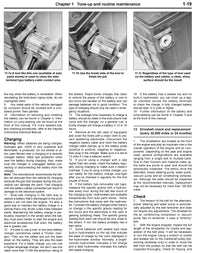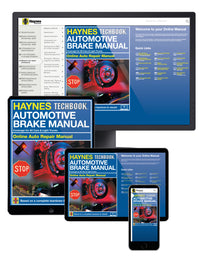When the GMC Terrain first rolled onto dealership lots, it promised style, comfort, and everyday practicality. Its bold exterior lines, roomy interior, and modern features positioned it as a strong contender in the crowded compact SUV market. The Terrain became the go-to choice for many drivers’ daily commutes, family trips, and long weekends on the road.
However, owners of 2018–2024 Terrains have repeatedly highlighted reliability concerns that go beyond simple wear and tear. Consumer surveys and repair data show patterns that anyone considering or currently driving a Terrain should take seriously. From transmission troubles to electrical glitches, these recurring issues can affect the ownership experience in significant ways.
2024 GMC Terrain Problems and Reliability
Reliability ratings for the Terrain have remained mixed throughout the 2018–2024 production years. Consumer Reports notes that while the 2024 model provides a quiet and comfortable ride, its predicted reliability is only average compared to competitors in the compact SUV segment. This average rating reflects patterns observed in earlier years, where transmission issues, electrical faults, and engine-related complaints frequently surfaced.
The 2024 Terrain benefits from improvements in safety technology, cabin comfort, and styling, yet owner-reported issues still highlight weaknesses beneath the surface. Problems such as rough shifting, infotainment glitches, or premature brake wear continue to show up in consumer surveys. What stands out most is the repetition: these are not isolated cases but rather ongoing themes that link the 2018–2024 Terrains together.
Transmission Troubles That Keep Coming Back
Rough Shifting and Hesitation
Many GMC Terrain owners from 2018 through 2024 report that the nine-speed automatic transmission does not deliver the performance it was designed for.
Instead of smooth acceleration, the SUV often hesitates between gears or jerks forward during shifts. This becomes especially noticeable in stop-and-go traffic or when merging onto highways, where delayed gear engagement can feel unpredictable and frustrating.
Transmission Failure in Higher-Mileage Models
As Terrains accumulate mileage, the risk of more severe transmission failure rises. Some drivers describe a sudden inability to shift out of certain gears, while others lose forward drive altogether.
When complete transmission replacement becomes the only solution, repair bills can climb into the thousands. This makes this one of the costliest problems associated with the Terrain.
Early Wear From Nine-Speed Complexity
The Terrain’s shift from a six-speed automatic to the more advanced nine-speed transmission aimed to improve fuel efficiency and overall refinement.
However, this complexity introduced additional components that are prone to wear and failure. Solenoid malfunctions, valve body issues, and clutch pack wear appear more frequently in owner-reported complaints than in rivals with simpler gearboxes.
Limited Relief From Software Updates
General Motors has released software updates intended to reduce harsh shifts or hesitation. While the updates may temporarily smooth out gear changes, underlying mechanical weaknesses remain unresolved. Over time, symptoms usually return, leaving drivers back at square one and facing potentially expensive repairs.
Electrical and Infotainment Glitches
The Terrain’s cabin technology appeals to many buyers. However, electronics remain another trouble spot. Some owners report issues with blacked-out infotainment screens that reset while driving, unresponsive touch controls, and Bluetooth systems that drop calls or fail to connect altogether. Others deal with random warning lights that trigger without a clear mechanical problem behind them.
Electrical quirks reduce driver confidence, especially when combined with the Terrain’s otherwise polished interior. The frustration grows when multiple visits to dealerships or repair shops fail to fix the problem permanently.
Engine Issues and Oil Consumption
Across the 2018–2024 lineup, the Terrain offers turbocharged gasoline engines that provide strong performance for a compact SUV. However, reports of excessive oil consumption raise concerns.
In some cases, drivers find themselves topping off oil more frequently than expected, even between scheduled changes. Left unchecked, this can lead to dangerously low oil levels and long-term engine damage.
Other complaints include stalling at low speeds, rough idling, and cold-weather starting problems. These issues may stem from faulty sensors, fuel delivery concerns, or wear in engine internals. While not every Terrain experiences these symptoms, the frequency of reports indicates a pattern that owners cannot ignore.
Brake and Suspension Wear
The Terrain’s reputation for comfort is sometimes overshadowed by early wear of brake and suspension components. Some drivers report brake pads and rotors needing replacement sooner than anticipated, while others deal with warped rotors that create vibration during braking. Suspension complaints range from noisy struts to uneven tire wear that points to alignment problems.
Recurring brake and suspension repairs can translate to unexpected costs for an SUV marketed as family-friendly and practical. Owners who rely on the Terrain for daily commuting or extended road trips may encounter these issues more frequently than expected. Compared to rival models in the same class, the frequency of repairs can become a noticeable disadvantage over time.
Safety Recalls and Build Quality Concerns
The Terrain has faced multiple recalls across its 2018–2024 production run. These include issues with fuel pump assemblies, airbags, and braking systems. Although manufacturers cover recall work at no cost, the number of campaigns reveals potential weaknesses in design and manufacturing.
Build quality concerns also surface in owner feedback. Complaints about peeling buttons, cracked trim pieces, and worn upholstery appear often enough to raise eyebrows. While not mechanical failures, they mirror the same uneven reliability story that marks the Terrain’s record.
How We Help GMC Terrain Owners
At Haynes Manuals, we recognize that owning a vehicle like the Terrain means balancing its strengths with the reality of recurring issues. Hence, we create resources designed to give you clarity and control over your vehicle’s maintenance and repair. Our GMC Terrain DIY Manual for 2018 to 2024 offers detailed insights into every system in your SUV.
Want more in-depth technical detail? Our GMC Terrain Repair Manual presents the diagnostic charts, diagrams, and repair instructions needed to keep your vehicle dependable year after year.
The GMC Terrain may not have the flawless record of some competitors. Yet, with the right knowledge and tools, owners can stay ahead of the most common problems. If you drive a 2018–2024 Terrain, now is the time to prepare yourself with the guidance you’ll find in our Haynes Manuals.
Take the next step toward confident ownership today by exploring our Terrain manuals, because every mile is better when you know your SUV inside and out.

